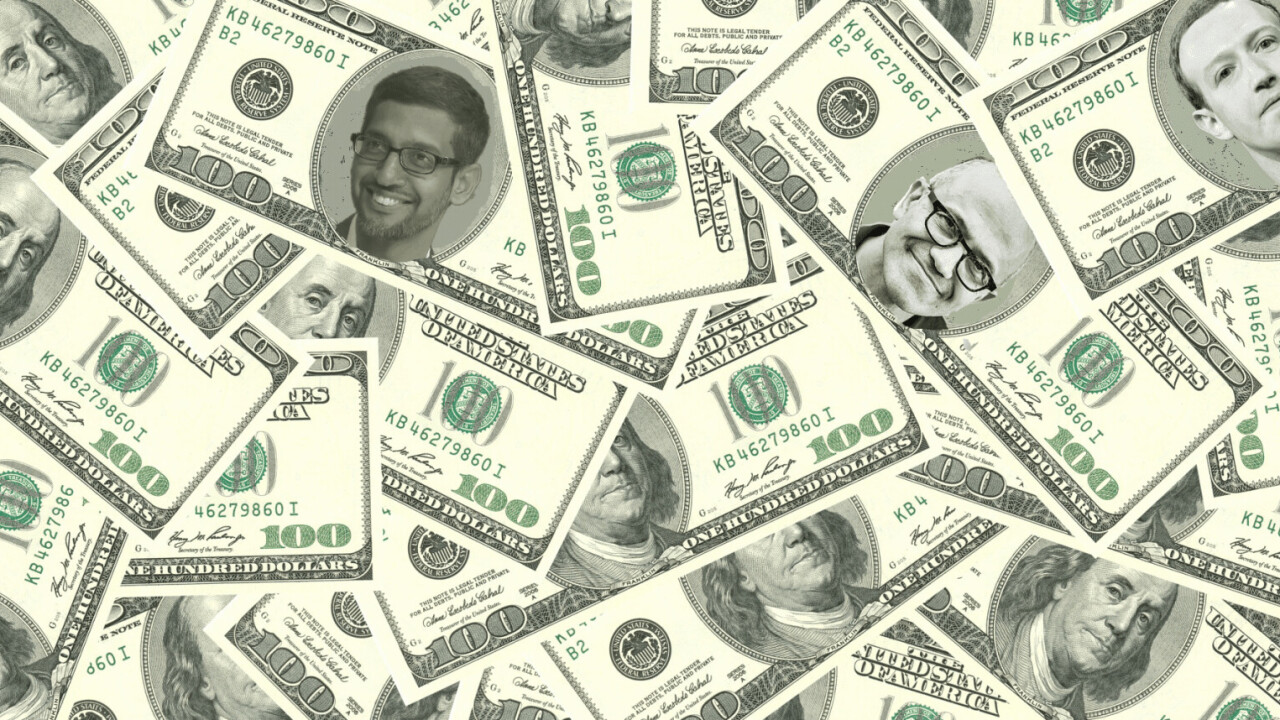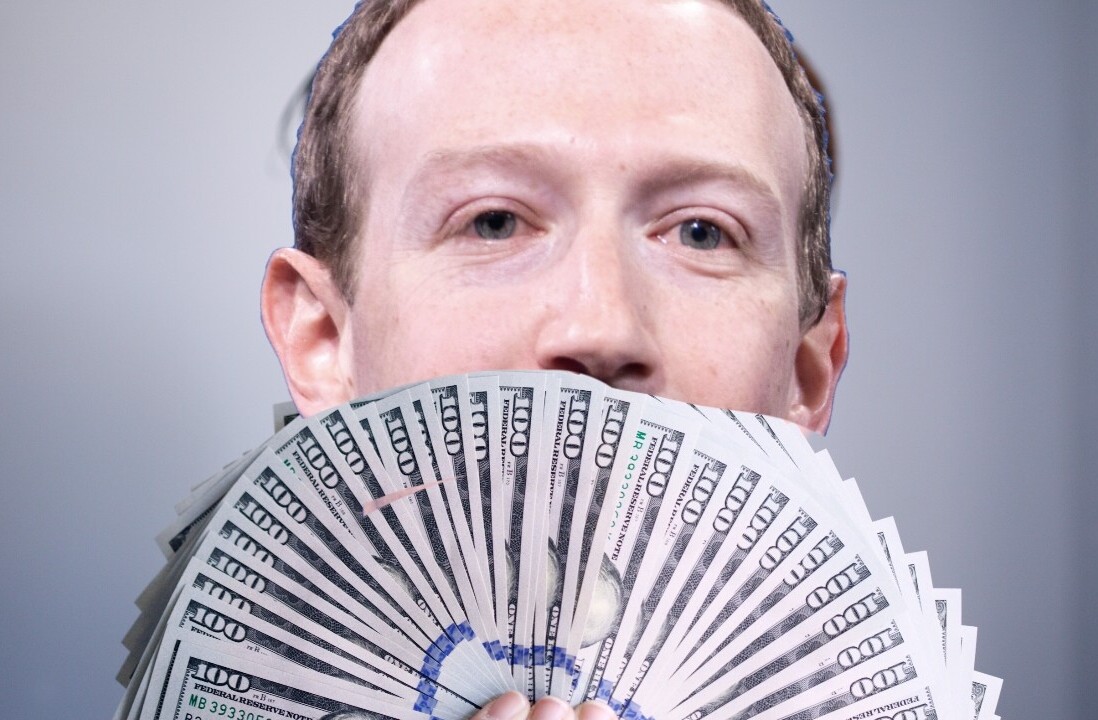
It’s clear to anyone in tech that the likes of Amazon and Apple make tons of money, but who’s actually got the most healthy bank account? We set out to find which tech companies are the real MVPs (spoiler alert, it wasn’t Amazon or Apple) — here’s how:
The most commonly used metric to evaluate the financial health of publicly traded companies is the debt-to-equity ratio. It indicates a company’s balance sheet, which is how much a company has borrowed to finance its assets (a.k.a. liabilities), versus how much cash it has in its reserves as generated from its revenue (a.k.a. wholly owned funds).
A high debt-to-equity ratio is usually associated with a high risk stock, as it means the company has been aggressive in financing its growth with debt. An ideal or most common ratio doesn’t exist, and it also varies per industry, as each industry has different capital needs and growth rates.
However, if you look at the debt-to-equity ratio, you only get boring percentages, while we’re interested in cold hard cash.
So we looked at the difference between a company’s cash and debt, indicating the size of its warchest to invest in R&D, marketing, sales, or mergers and acquisitions. Warchests can also be used to reward stockholders in the form of dividends or stock buybacks, indirectly rewarding stockholders as increased scarcity of outstanding shares drives up the stock price.
But no matter how you look at it, a large warchest is a luxury, it gives a company flexibility, and is a strong indicator for a company’s health. So here are the biggest warchests we found according to the latest quarterly earnings reports.
Alphabet (GOOG) – Positive balance sheet of $100B
Alphabet, Google’s parent company, has a total cash stockpile of $117 billion, and a total amount of debt of $17 billion. The result is a positive balance sheet of $100 billion. That’s the highest positive balance sheet of any publicly traded company in the US.
Microsoft (MSFT) – Positive balance sheet of $53B
Microsoft has a total cash stockpile of $137 billion, and a total amount of debt of $84 billion. The result is a positive balance sheet of $53 billion.
Facebook (FB) – Positive balance sheet of $49B
Social media conglomerate Facebook has a total cash stockpile of $60 billion, and a total amount of debt of $11 billion. The result is a positive balance sheet of $49 billion.
Cisco (CSCO) – Positive balance sheet of $11B
Networking equipment vendor Cisco has a total cash stockpile of $28 billion, and a total amount of debt of $17 billion. The result is a positive balance sheet of $11 billion.
NVIDIA (NVDA) – Positive balance sheet of $9B
Graphics card manufacturer NVIDIA has a total cash stockpile of $16 billion, and a total amount of debt of $7 billion. The result is a positive balance sheet of $9 billion.
Get the TNW newsletter
Get the most important tech news in your inbox each week.




